Great American interchange was a huge migration of animals between what are now North America and South America. The two continents were once separated by water. The great American interchange occurred as the continents came together. It began during the Pliocene Epoch, a time in Earth’s history that lasted from about 5.3 million years ago to 2.6 million years ago. The great American interchange dramatically transformed animal life on both continents.
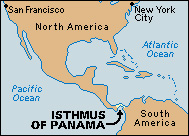
The great American interchange began about 3 million years ago. At that time, collisions of tectonic plates brought North and South America close enough for land animals to migrate between them via volcanic islands. Tectonic plates are the rigid pieces that make up Earth’s outer shell. The southward spread of North American animals began with strong swimmers that could move from island to island, including tapirs and early mastodons called gomphotheres. Ground sloths were among the earliest South American animals to expand their population northward into Central America.
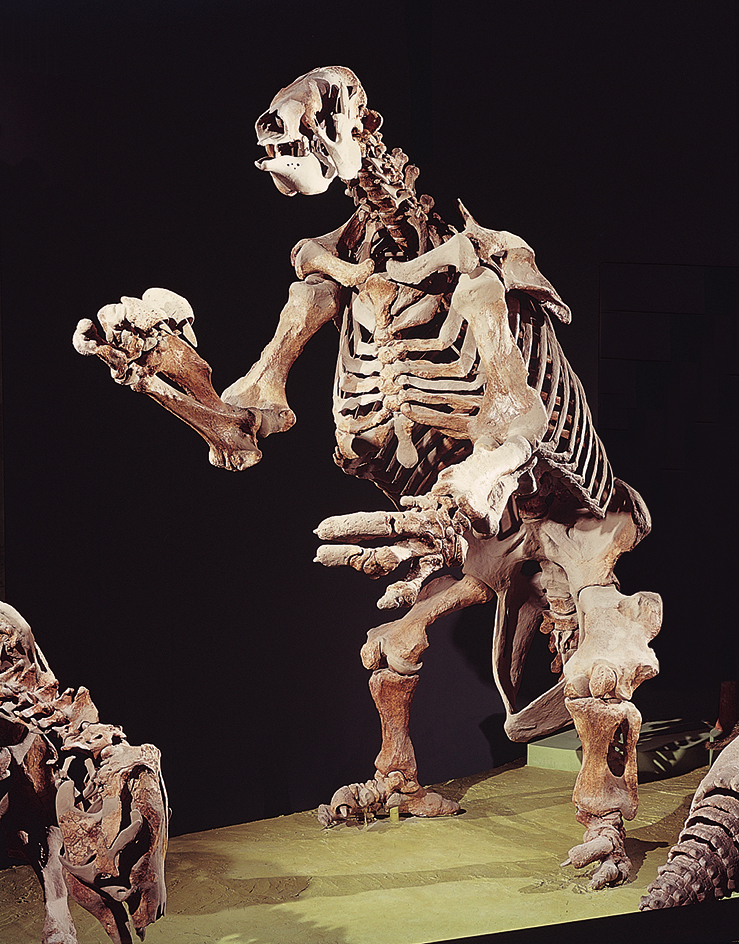
About 3 to 4 million years ago, the islands and both continents united to form a land bridge called the Isthmus of Panama. An isthmus is a narrow strip of land. The isthmus allowed land animals and land plants to expand dramatically in both directions. Expanding species encountered entirely new habitats and competition from resident species that were already firmly established.
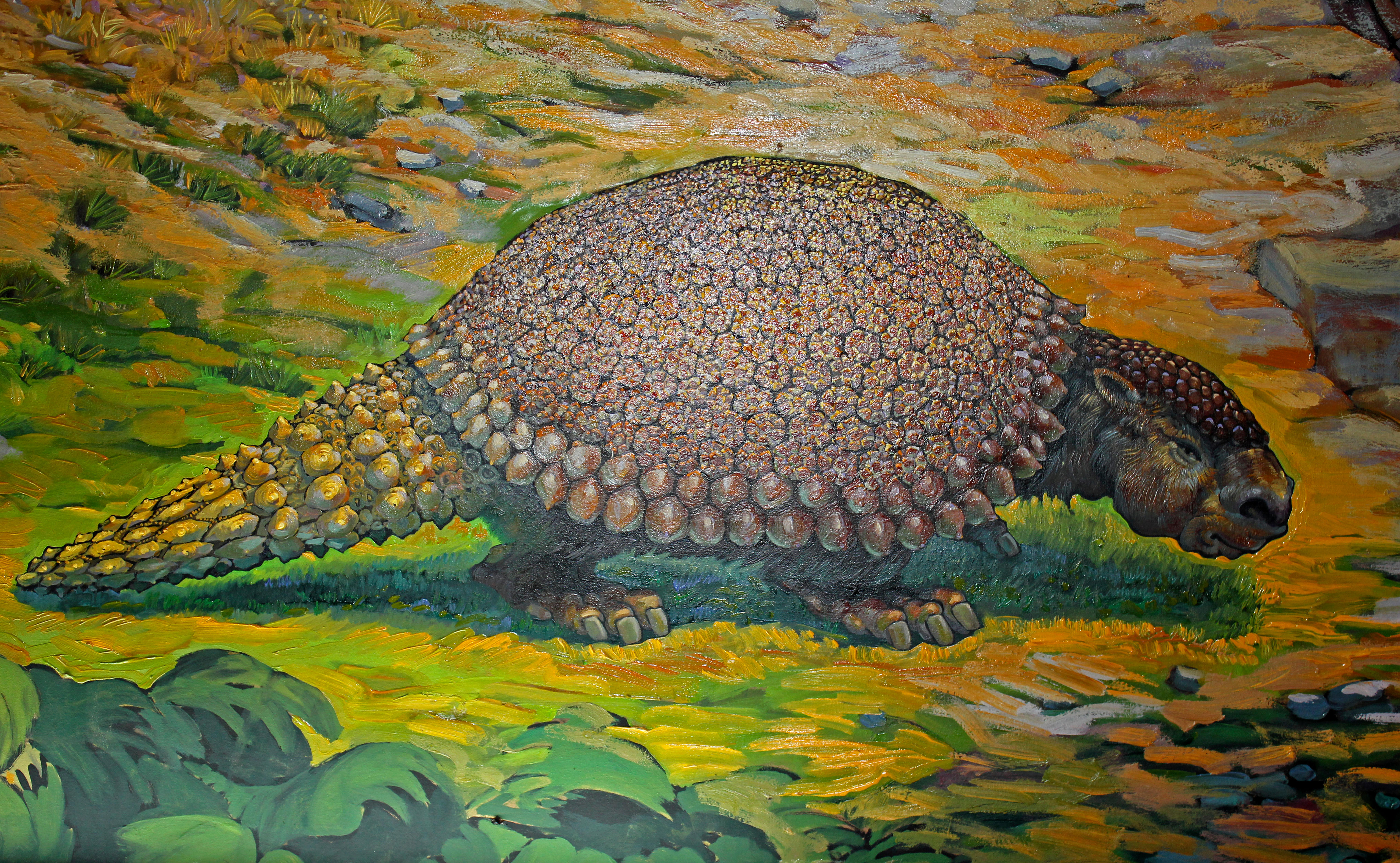
South American land animals that moved northward include armadillos, capybaras and other rodents related to guinea pigs, glyptodonts, ground sloths and tree sloths, New World monkeys, opossums, and porcupines. Two large South American predators also invaded North America: the giant, flightless terror birds, which resembled predatory dinosaurs, and an animal called the saber-toothed marsupial, similar in appearance to the North American saber-toothed cat.
North American land animals that moved southward include prehistoric bears, camels, cougars, deer, dogs, horses, mastodons, peccaries, rabbits, raccoons, rhinoceroses, saber-toothed cats, tapirs, weasels, and a variety of rodents. Many of these northern animals first moved into tropical habitats in Central America. Later, some moved into such South American tropical habitats as the Amazon River Basin. Others expanded southward into the Andes Mountains, and some invaded the grasslands of Argentina and Chile.
Several South American marsupials invaded Central and North America. Marsupials are mammals that carry their young in pouches. Only one of these invading marsupials survives today—the widespread Virginia opossum. By far the most diverse immigrants from South America were the xenarthrans, a group of mammals including armadillos, glyptodonts, and ground and tree sloths. They reached as far north as Alaska and occupied a wide variety of habitats. Armored armadillos and glyptodonts expanded throughout Mexico and the southern United States. One armadillo, the nine-banded armadillo, survives today in North America on the coast of the Gulf of Mexico and southern Atlantic states. Glyptodonts and ground sloths went extinct at the end of the Pleistocene Epoch, about 11,500 years ago. Such South American rodents as capybaras also invaded North America during the great American interchange. 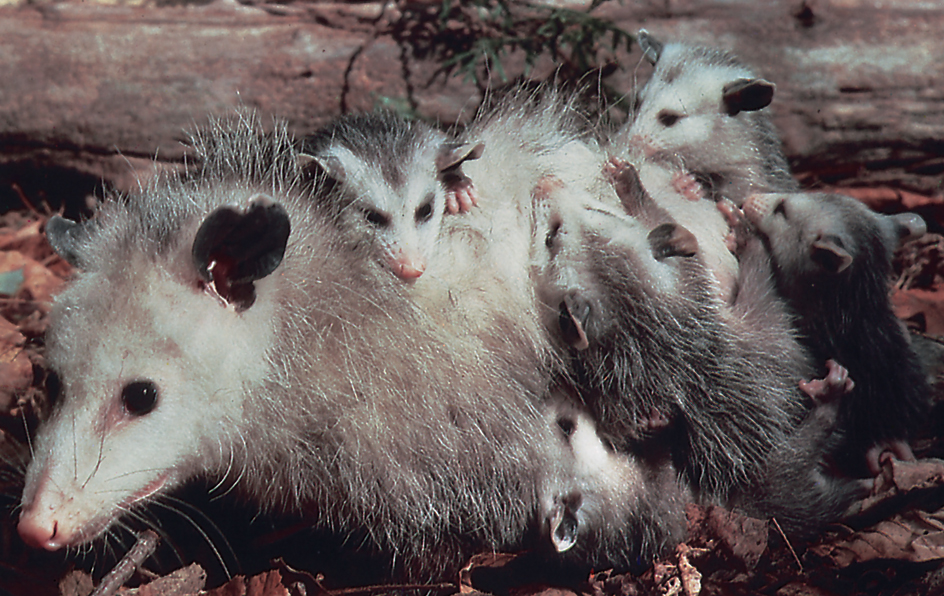
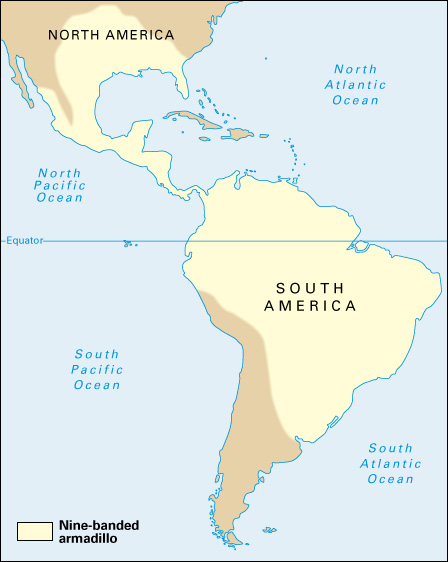
While the interchange was occurring on land, sea life underwent an opposite change. The formation of the Isthmus of Panama separated the Atlantic and Pacific oceans, isolating populations of marine plants and animals.
